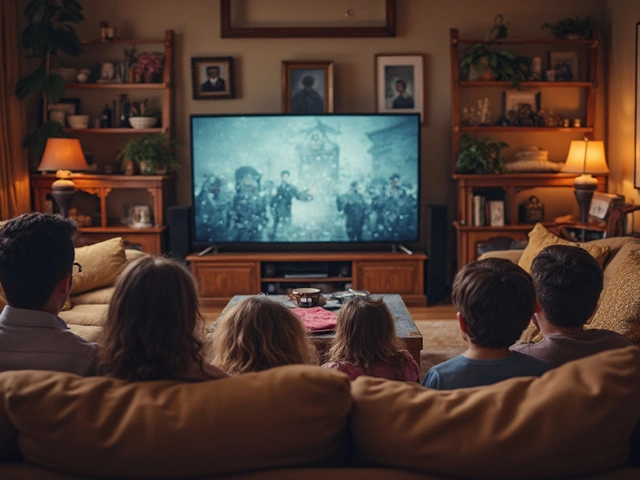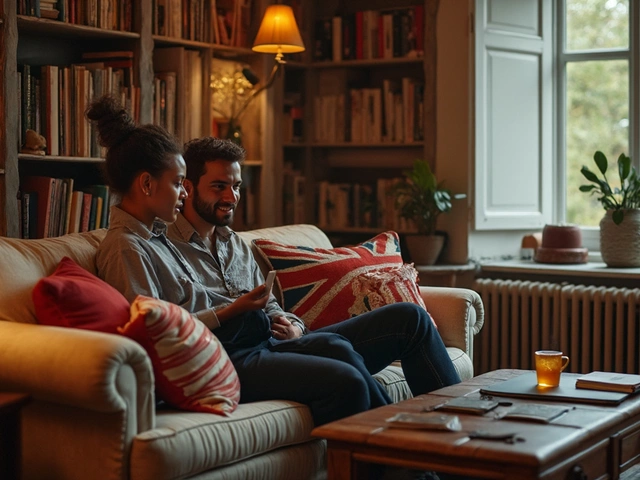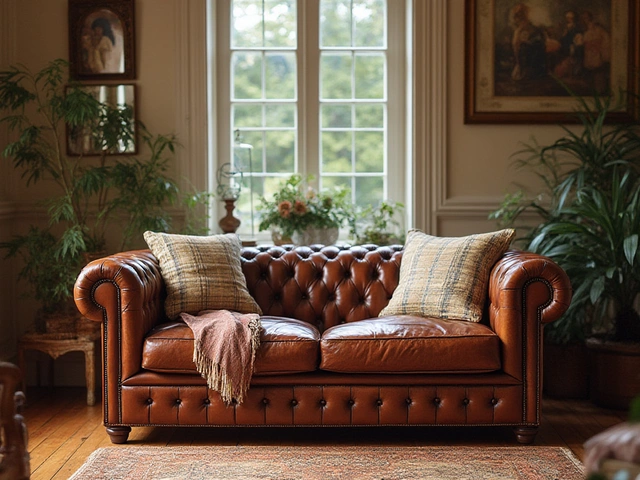Autism Spectrum: How the Right Furniture Helps Every Learner
If you teach kids on the autism spectrum, you know that tiny changes can make a big difference. The right desk or chair can keep a child calm, help them focus, and reduce sensory overload. Below are easy, low‑cost ideas you can start using right away.
Pick Sensory‑Friendly Desks and Tables
Look for desks with smooth edges and a stable base. Sharp corners can be a visual and tactile trigger, while rounded edges feel safer. Adjustable height is a win because some students need to sit lower or higher to stay comfortable. If the school budget is tight, simple desk converters can turn a regular table into a height‑adjustable work surface.
Another tip is to use a desk with a built‑in storage compartment. Having pencils, paper, and tools in a closed drawer reduces visual clutter on the desktop. Fewer items in view means fewer distractions for a child who gets overwhelmed by too much information at once.
Choose Ergonomic Chairs That Move
Kids on the autism spectrum often need to shift their weight to stay focused. A chair with a flexible back or a wobble feature lets them make subtle movements without leaving their seat. This can prevent restlessness and keep them engaged with the lesson.
Make sure the chair has sturdy armrests. Armrests give a sense of security and help the student keep their hands from fidgeting endlessly. If possible, add a footrest so the feet can rest comfortably – this can ease tension in the lower back and improve overall posture.
Soft, breathable fabrics are better than rigid plastic. A fabric seat absorbs sound and reduces the squeaky noise that can distract a sensitive learner. Look for upholstery that’s easy to clean, as spills happen in any classroom.
Create Calm Zones and Visual Boundaries
Even the best furniture needs a supportive environment. Set up a small calm corner with a bean bag or a low‑profile cushioned seat. This gives students a place to retreat when they feel overstimulated.
Use visual dividers like low shelves or carpet tiles to define work areas. Clear boundaries help autistic students understand where they should be and what’s expected, lowering anxiety caused by an open‑plan layout.
Lighting matters too. Natural light is ideal, but if that’s not possible, choose LED lights with a soft, warm tone. Harsh fluorescent bulbs can trigger sensory issues, while dimmable lights let you adjust the room’s ambience throughout the day.
Practical Tips for Teachers and Administrators
Start small. Swap one desk for a rounded‑edge version and observe the change. Gather feedback from the student and any support staff. Simple tweaks often lead to noticeable improvements in attention and comfort.
Involve the whole school. Share a short guide with staff about the benefits of sensory‑friendly furniture. When everyone understands why a change matters, they’re more likely to support it.
Finally, keep a list of suppliers who offer adjustable desks, ergonomic chairs, and calming accessories. Having these contacts ready makes future upgrades faster and more affordable.
When furniture meets the specific needs of autistic learners, the whole classroom benefits. Students feel safer, teachers see better focus, and the learning environment becomes more inclusive for everyone.





